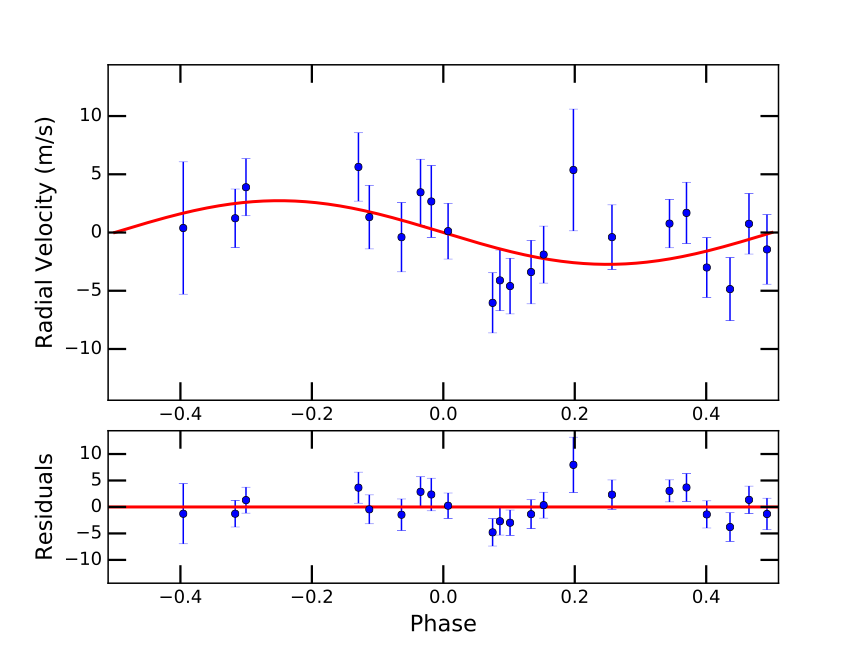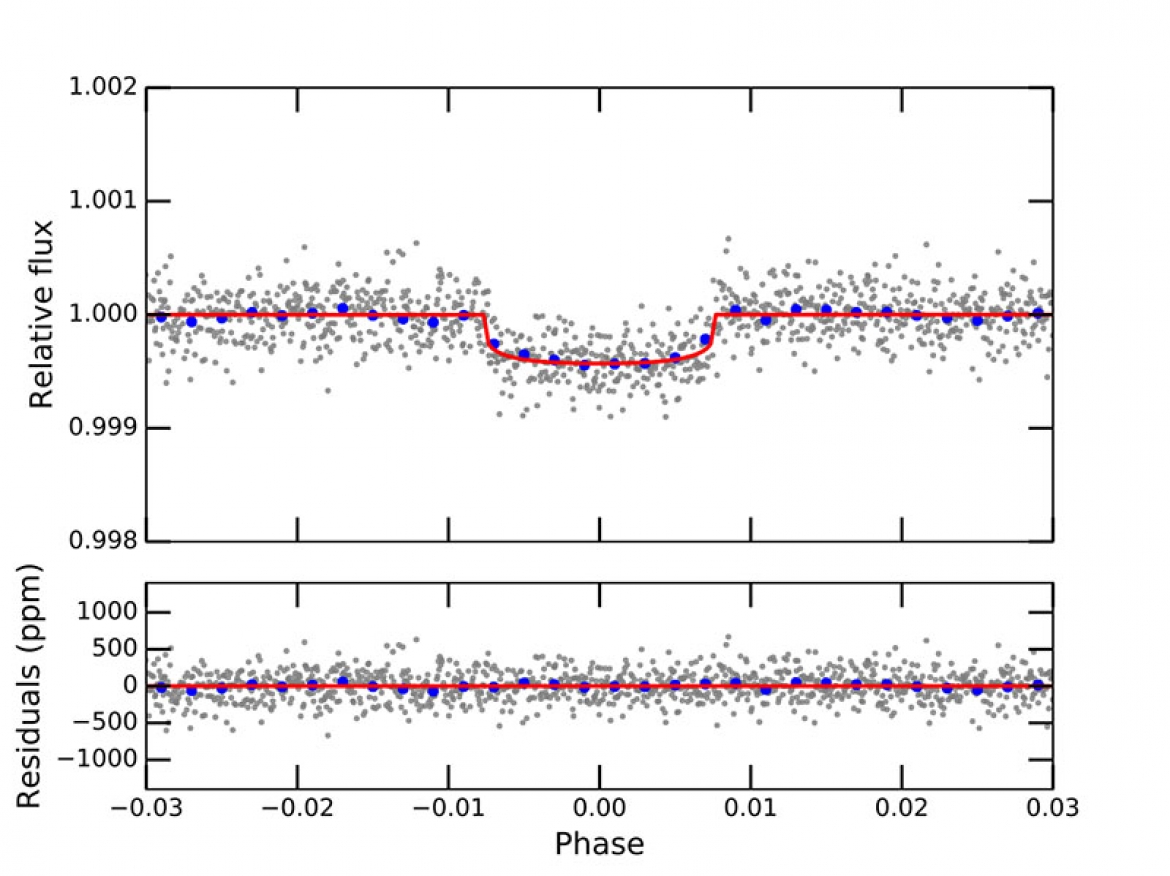LHS 1815b: The First Thick-Disk Planet Detected By TESS
To date, more than 4000 exoplanets have been detected, but few of them have been claimed to be in the thick disk of the Milky Way. A common way to separate different components of the Milky Way (for example, thin and thick disks) relies on the three-dimensinal (3D) spatial motions of stars. This has become possible with GAIA, a space telescope which gives distance, proper motions for relatively bright stars. Furthermore, the recent launched Transiting Exoplanet Survey Satellite (TESS) aims to discover a large sample (10,000) of planets around bright stars in the solar neighborhood across the whole sky. Combined with GAIA, TESS offers an exciting opportunity to study the difference in the planet formation efficiency between stars in the thin and thick disks, which have different age and metallicity distributions.
A recent work led by Mr. Tianjun Gan and Prof. Shude Mao from Department of Astronomy at Tsinghua University reports the first thick-disk planet detected by TESS. The planet has a radius of 1.1 Earth radius with a 3σ mass upper-limit of 8.7 Earth masses. They validate the planet by combining space and ground-based photometry (see the cover picture), spectroscopy (Figure 1), and imaging. In particular, they analyzed the orbit of the host star LHS 1815, and found that LHS 1815 is most likely in the thick disk, reaching about 1.8 kpc above the Galactic plane, several times the height reached by typical stars from the thin disk (Figure 2).


Reference:
Gan et al. 2020, AJ, in press (arXiv:2003.04525).



